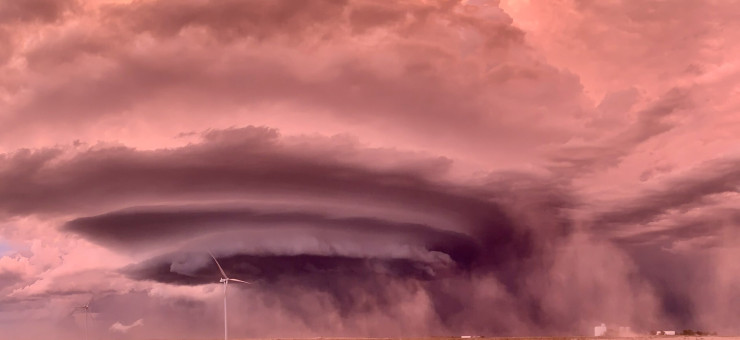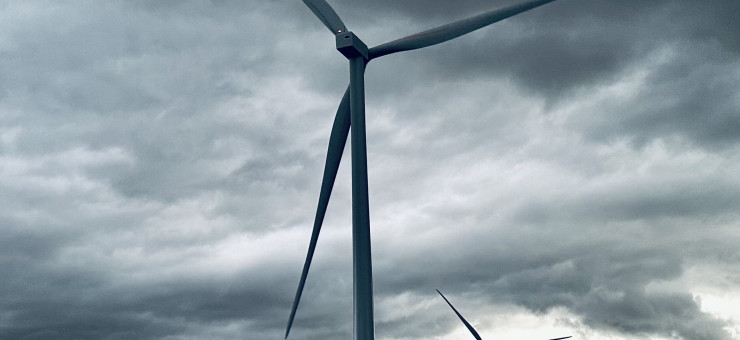My name is Brian Jones of Greenfield, Iowa, and I am a second generation farmer and wheat harvester. I was born and raised on a family farm about 50 miles Southwest of Des Moines in the rolling hills of Southwest Iowa. During the tough financial times for farmers in the 1980s my father Glen Jones and grandpa George Rahn began were looking for additional income to keep financially viable during the farm crisis.
With combines being such expensive investments we were inspired by George’s brother who ran a custom harvesting crew to load up our own equipment and head to Oklahoma. From knocking on farmer’s doors randomly in the countryside to referrals from locals, one job lead to another that moved us northward one state at a time. As they say, the rest is history, and the 2022 season marked the 40th anniversary of Jones Harvesting.
Our crew is completely a family operation. Glen Jones and his wife Vernelle farm in Southwest Iowa with their son (thats me!) Brian Jones and their daughter Brenda and her husband Cameron Hamer. Brenda and Cameron have 4 young boys, and all 9 of us spend the summer working together harvesting. David Rahn now operates the Rahn family farm near Butterfield, Minnesota. David joins us with his equipment each summer, continuing the Jones-Rahn Harvesting legacy.
Back in Iowa the Jones and Hamer families works together raising corn, soybean, and hay along with running a cow-calf herd. We also do some customer farming and harvesting locally as well. With spring planting finished and the cows turned out to pasture, we load up equipment typically early June and head to our first stop in central Oklahoma, followed by two stops is SW Kansas, Western Nebraska, Central South Dakota and Southern North Dakota.
After harvesting the amber waves of grain on the plains for more than 4 decades, it’s hard to not look back and consider all that has changed over the years. Yet one thing has remained the same…our love for the harvest. It’s been quite the adventure, and we look forward to sharing our journey together with you as we celebrating our 40th anniversary together.











